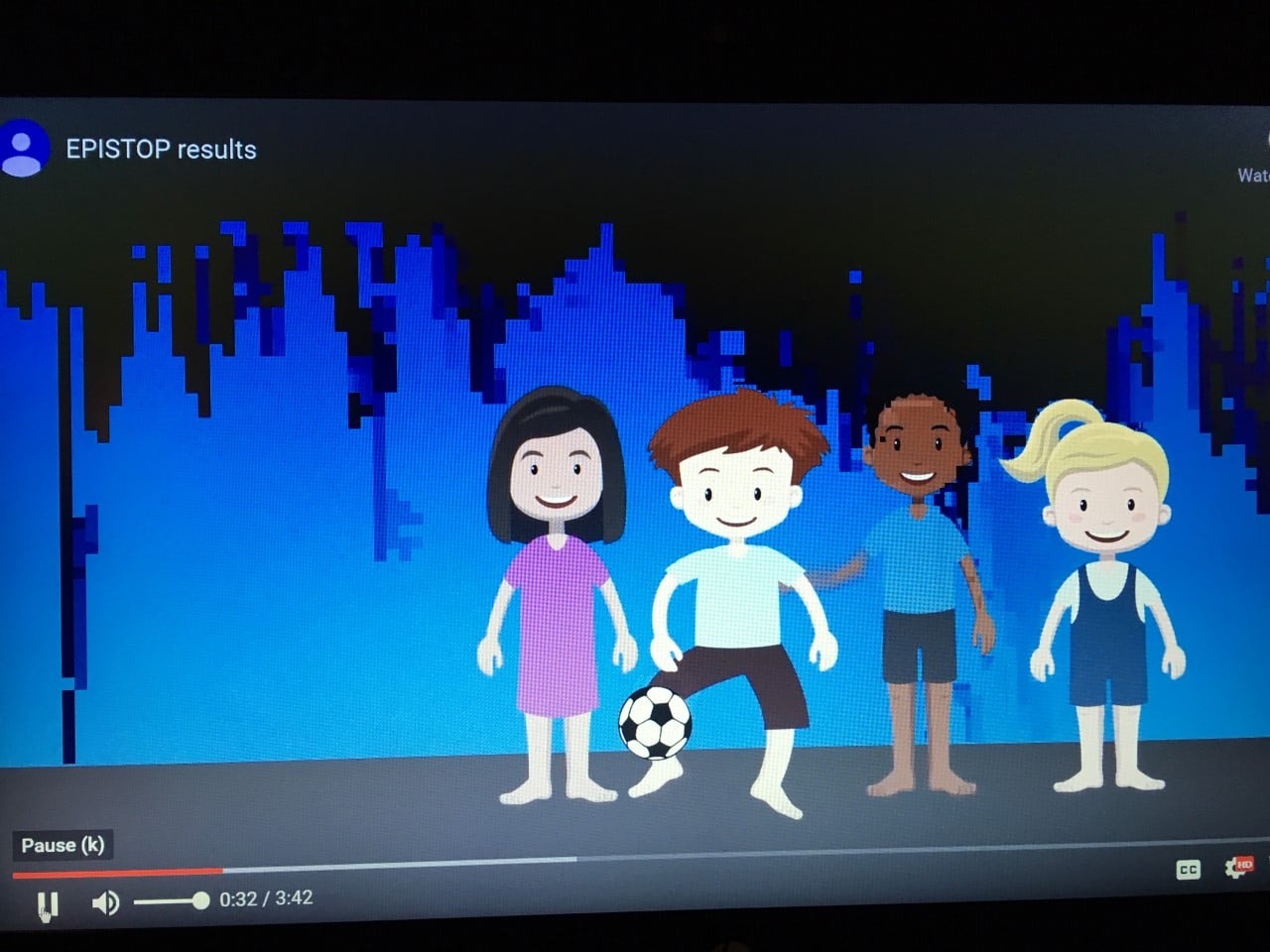EPISTOP research program results
One of the largest international scientific research programs on epilepsy has reached its end. The EPISTOP project proved that preventive treatment decreased the risk and severity of epilepsy. The results of the EPISTOP research will be used to develop a new roadmap of recommendations for the detection and treatment of epilepsy around the world.
One EPISTOP study suggests that we can use developmental assessments of babies as young as six months old to predict which will go on to be diagnosed with autism spectrum disorder (ASD).
Well done to Australian TSC clinical researcher Dr Kate Riney and her colleagues at Children’s Health Queensland for this publication. And of course, a huge thank you to all of the children and families who took part in this study.
To read the full study report click here.
Well done to Australian TSC clinical researcher Dr Kate Riney and her colleagues at Children’s Health Queensland for their participation in EPISTOP. And of course, a huge thank you to all of the children and families who took part in this study.
To read the full study report click here.

